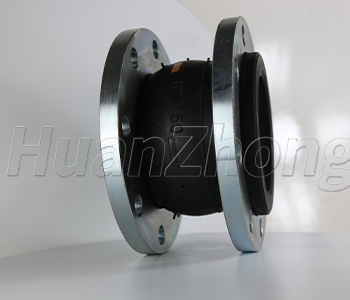How to Install Flange Connection Rubber Expansion Joint
Flange connection rubber expansion joints, as the easy installation and good performance, are widely used in pump pipeline systems as reduce pipe vibration and noise isolator. Here are some tips for installation of flange connection rubber expansion joint:
1. Keep flange connection rubber expansion joints in natural state when being installed in pump pipeline. No man-made artificial deformations are allowed during the installation, to avoid early damage and weakened function.
2. When installing flange-connected flexible rubber joints, make both ends of the ball are fully fit in flange groove to prevent from being pulled out when pressurized. When bolted on, fasten symmetric bolts (four or six) first, make sure the ball and flange are both positioned correctly.
3. When connecting rubber connectors with pipeline flange, bolt screw shall end to pipeline flanges to avoid squeeze injury or scratch injury by threads on rubber arch when rubber ball is expanded.
4. Each end of bolt must be symmetrically fastened up to the same tightness. Add spring washers besides flat gasket to avoid loose of nuts for places of bad working conditions.
5. When installed very close to pump outlet or used in frequently open and stop conditions, in order to eliminate excessive expansion and compression of rubber expansion joints, add control units at both ends of flanges.
